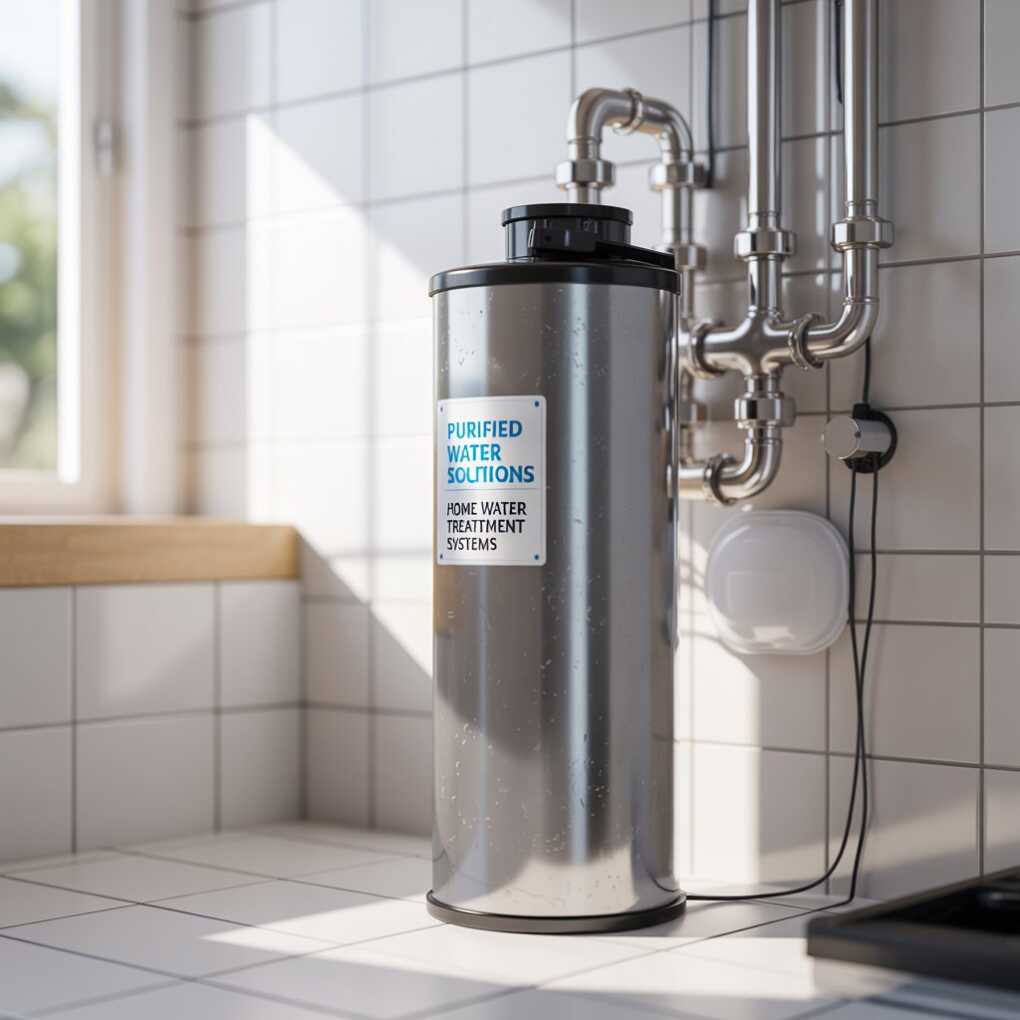Access to clean, safe water is fundamental for maintaining public health and supporting a thriving ecosystem. In recent years, the increasing demands of industry, agriculture, and growing populations have put unprecedented stress on our water resources. The need for advanced water treatment systems has become more critical than ever to ensure a sustainable future.

Understanding Water Treatment Systems
Modern water treatment encompasses a range of physical, chemical, and biological processes designed to remove contaminants and make water safe for human consumption and environmental discharge. These systems are integral to filtering out harmful substances, eliminating disease-causing pathogens, and improving the overall quality of water.
Modern water treatment systems are crucial for ensuring safe and clean water for communities. These systems employ advanced technologies to remove contaminants and improve water quality. Innovations in filtration and purification have made it possible to address a wide range of pollutants, from heavy metals to microorganisms. As the demand for clean water grows, understanding the intricacies of these systems becomes increasingly important. Learn More about the latest advancements in water treatment and how they contribute to providing safe drinking water for everyone. By staying informed, individuals and communities can make better decisions about their water sources and treatment options, ensuring a healthier future.
The Significance of Purified Water
The quality of water directly impacts public health. Contaminated water can lead to a host of diseases, including but not limited to cholera, dysentery, and typhoid. By removing impurities and pathogens, water treatment systems help prevent such illnesses and play a vital role in safeguarding communities.
Components of Water Treatment Systems
Water treatment systems typically involve several stages, each designed to tackle different contaminants:
Coagulation and Flocculation
The initial step in many water treatment processes involves coagulation, wherein chemicals are added to water to form microscopic particles that attract dirt and other particulates. These particles then combine to form larger, heavier particles known as flocs, which can be easily separated from the water.
Sedimentation
Following coagulation, the water moves to a sedimentation basin where gravity pulls the heavier flocs to the bottom. This step helps in reducing the load on the filtration systems that follow.
Filtration
After sedimentation, the clear water on top flows through various types of filters. These filters, composed of sand, gravel, and charcoal, help in further removal of dissolved particles, such as dust, parasites, bacteria, algae, and viruses.
Disinfection
Post-filtration, water is disinfected to kill any remaining bacteria, viruses, or parasites. Chlorine or chloramines are commonly used disinfectants due to their effectiveness in killing pathogens while ensuring water remains safe as it travels through pipes to consumers.
Additional Processes
Depending on the source water’s quality and the required standards for the treated water, additional treatment processes like reverse osmosis, ultrafiltration, or activated carbon adsorption may be included as part of a comprehensive water treatment system.
The Importance of Advanced Technology
Advanced technologies have significantly improved water treatment efficacy. For instance, monitoring systems now enable real-time tracking of water quality, ensuring swift responses to any emerging contamination issues. Innovation in the sector also contributes to increased efficiency, cost-effectiveness, and environmentally-friendly practices.
Regulatory Frameworks and Quality Standards
Regulatory frameworks play a crucial role in determining the efficacy of water treatment systems. National and international standards set the minimum quality requirements, ensuring that treated water adheres to health and safety guidelines.
Economical and Environmental Impacts
Implementing and maintaining effective water treatment systems can be economically demanding. However, the long-term health, environmental, and economic benefits far outweigh the initial costs. Moreover, modern treatment systems aim to be eco-friendly, often incorporating energy-efficient processes and sustainable practices.
Challenges in Water Treatment
Despite advancements in technology, the water treatment industry faces multiple challenges. Population growth, climate change, and pollution are continually altering the landscape, necessitating ongoing innovation and adaptation in treatment strategies.
The Role of Public Awareness
Public education on the responsible use and conservation of water resources is essential. It directly impacts the overall load on treatment systems and highlights the need for sustainable water management practices within communities.
Looking to the Future
As we look to the future, the development and refinement of water treatment systems will continue to be a priority. Continued research, investment, and community engagement are key to ensuring a future where safe, clean water is an accessible resource for all.
Final Thoughts
Modern water treatment systems are the backbone of public health and environmental sustainability. With ongoing technological improvements and commitment from governments, industry leaders, and communities, we can uphold the standards of water quality and availability that are essential for life.
In conclusion, the journey to clean water is complex and multifaceted, involving intricate water treatment systems and the collective effort of society. It is a critical path we must continue to tread with care and diligence for the well-being of present and future generations.
